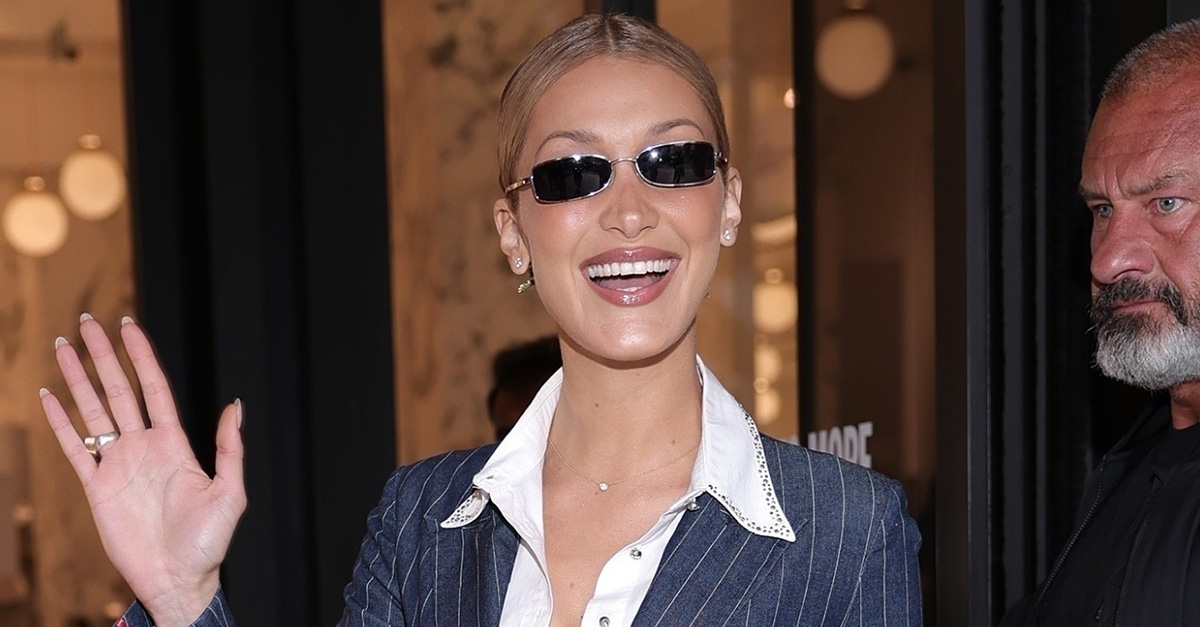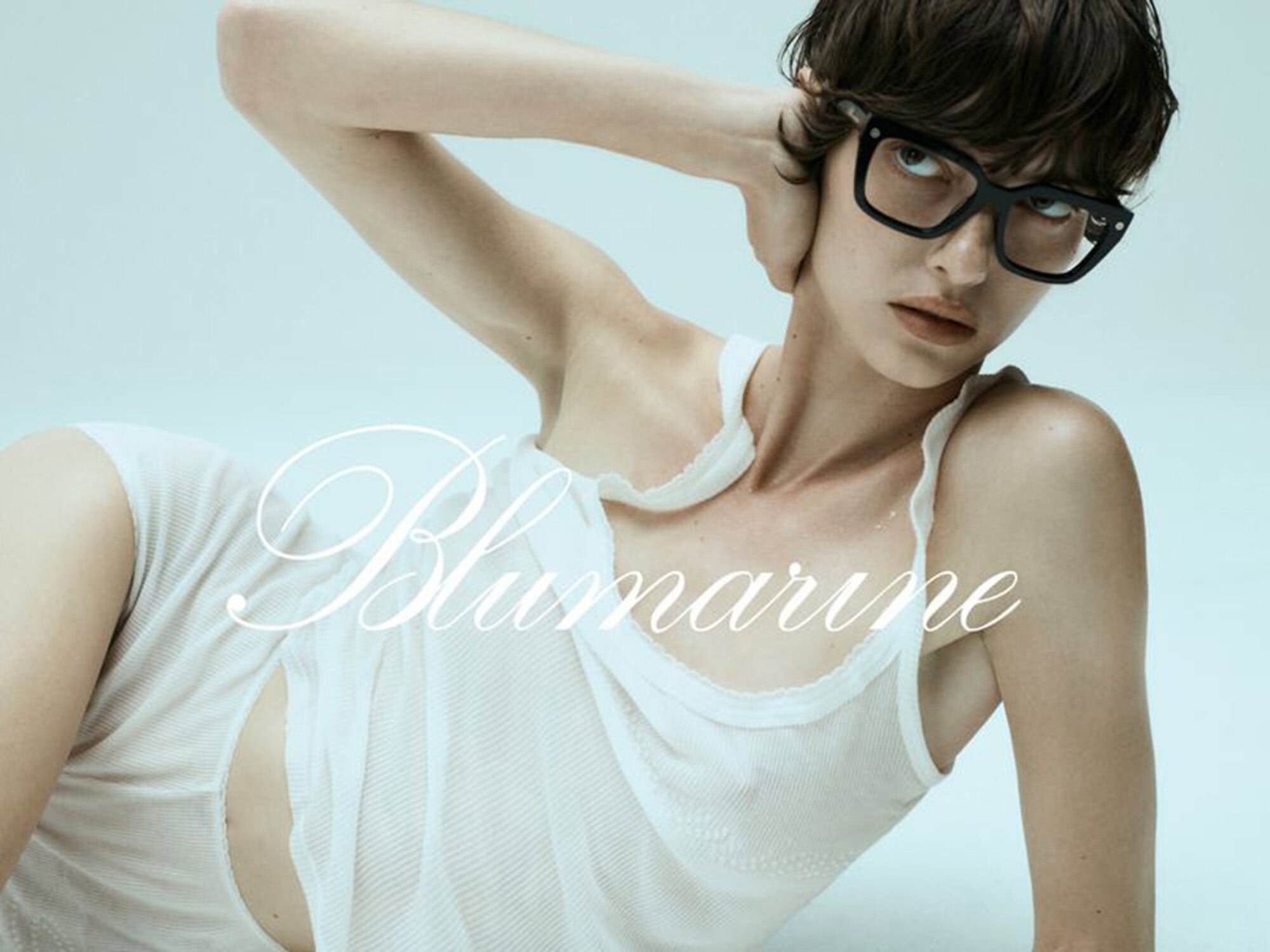Warning! This article contains major SPOILERS for Thunderbolts*Marvel Studios has relegated Hulk to a side character in the MCU, but proves there's still time to give the Jade Giant the treatment he deserves. Although Sentry is a tricky character to adapt, the Marvel Cinematic Universe succeeds with Lewis Pullman's Robert Reynolds and his Void alter ego. Thunderbolts*' ending presents an emotional resolution to the titular anti-heroes confrontation with Sentry and the Void, and Thunderbolts*' post-credits scene confirms Bob is safe and sound fourteen months after the events of his debut movie.
Which role Bob will play in Avengers: Doomsday is still unknown, but it seems like he won't be able to use his Sentry powers to fight Doctor Doom, as he would risk reawakening the Void and creating an even bigger problem for his teammates. Still, Sentry is bound to return, and his Void alter ego will likely come back with him, be it in a spiritual sequel to Thunderbolts* starring the New Avengers or in a different MCU installment. But even without a direct sequel, Thunderbolts* gives Sentry a more than ideal live-action adaptation.
Thunderbolts* introduces Lewis Pullman's Robert Reynolds as a regular human character with no apparent superpowers or special abilities, but it then reveals that Val's meek and self-deprecating test subject is one of the MCU's most powerful characters. Bob unlocks his Sentry abilities and embraces his superhero identity when Val crowns him as Sentry. However, Sentry's immense power comes with a catch: it's inseparably linked to the Void, a manifestation of Bob's childhood trauma and his mental health struggles. If that sounds familiar, it's because
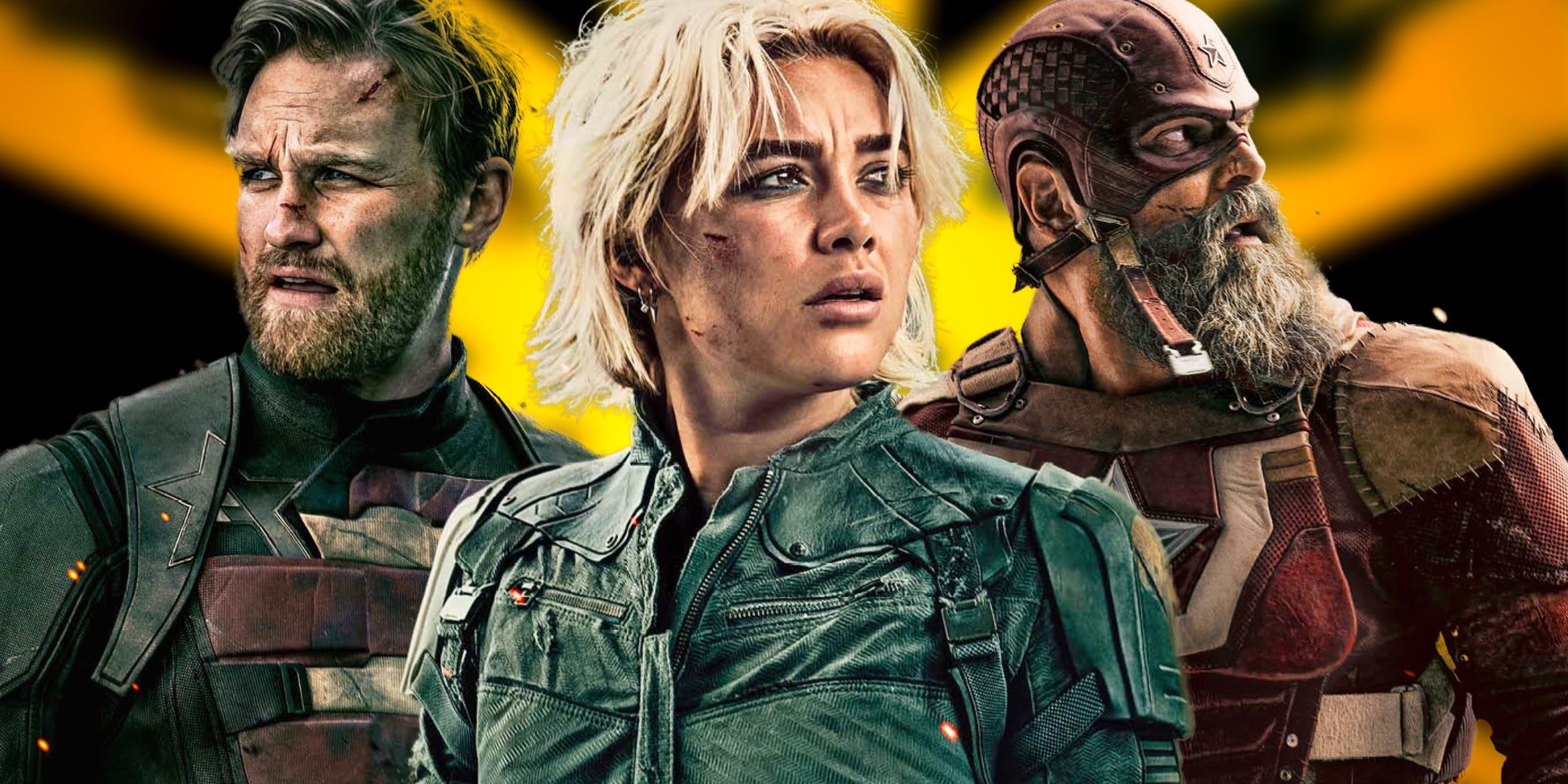
Related
Thunderbolts* 50 Marvel Easter Eggs & References Explained
Marvel's Thunderbolts* features an impressive collection of Easter eggs, references, and connections to both the comics and the greater MCU.
Bruce Banner’s internal battle with the Hulk was only meaningfully explored in The Incredible Hulk, and even then, the Phase 1 movie's focus leaned more on external threats like Thaddeus Ross and the Abomination. The MCU’s deepest examination of Hulk's inner struggle happened in a deleted scene of The Incredible Hulk where Hulk "spits out" a bullet, briefly referenced in The Avengers. Since then, Hulk has largely been reduced to a secondary Avenger. Bruce Banner's reconciliation with this alter ego even occurred off-screen between Avengers: Infinity War and Avengers: Endgame, with little explanation or emotional weight to it.
Bruce Banner and the Hulk have appeared in seven MCU installments (excluding cameos) and their arc has yet to receive the same level of depth as Bob and the Void
Curiously, Thunderbolts* perfectly captures Bruce Banner and Hulk's duality in Robert Reynolds and the Void within the span of a movie, and Bob isn't even the protagonist. Despite not being the movie's sole focus, Bob’s arc in Thunderbolts* explores the Sentry/Void dynamic as both a graceful metaphor for mental health and a demonstration of unmatched power. It also makes it clear that Bob and the Void are distinct entities with conflicting goals, each vying for control of the same body. Bruce Banner and the Hulk have appeared in seven MCU installments (excluding cameos) and their arc has yet to receive the same level of depth as Bob and the Void.
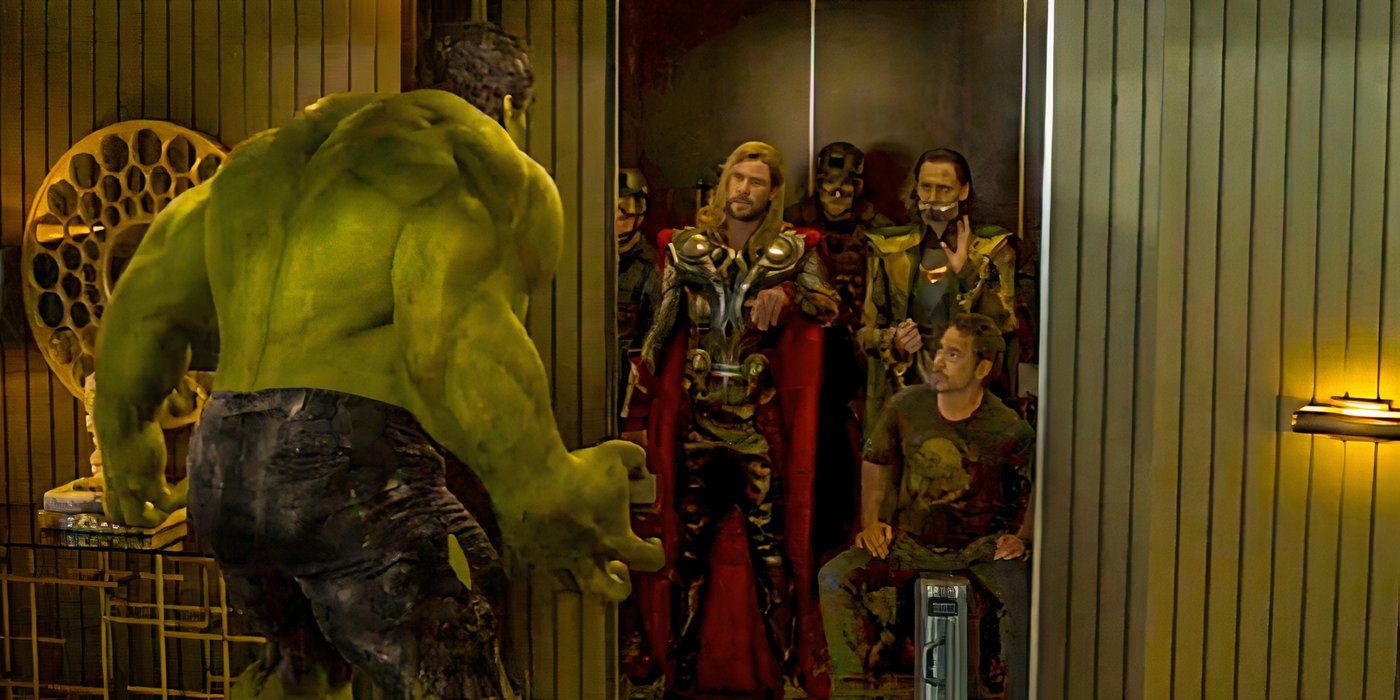
Unfortunately, Marvel Studios and Universal's split ownership of Hulk's movie rights has prevented Marvel from properly releasing a solo Hulk movie since 2008’s The Incredible Hulk. As a result, . This team-based approach has allowed some growth for Banner and Hulk, but the absence of dedicated sequels has limited their development, compared to their fellow Avengers. Iron Man, Captain America, Thor, and even Black Widow and Hawkeye have all received more nuanced and fully developed character arcs.
Thunderbolts* gives Bob and the Void's duality the necessary screentime and plot relevance in a team-up movie with no less than six main heroes and a secondary antagonist
While Hulk's lack of solo sequels has clearly affected his MCU journey, Thunderbolts* demonstrates that Marvel Studios has always had the tools to do his arc justice without the need for another proper solo movie. Thunderbolts* gives Bob and the Void's duality the necessary screentime and plot relevance in a team-up movie with no less than six main heroes and a secondary antagonist. Bob's internal struggle is clear, the Void's power is palpable, and their mutual dynamics are more complex than those of Bruce Banner and the Hulk. Remarkably, neither Sentry nor the Void engage in a traditional battle scene in Thunderbolts*.
None of the Hulk's live-action appearances have captured the character's essence the same way that titles like Jon Favreau's Iron Man, Sam Raimi's Spider-Man and Spider-Man 2, James Mangold's Logan, Michael Waldron's Loki, and Scott Derrickson's Doctor Strange have brought their respective protagonists to life. Team-up movies such as Thunderbolts* and Avengers: Infinity War have demonstrated that crossover movies can also deliver powerful character arcs for their antagonists without giving them a solo movie of their own. Hence,
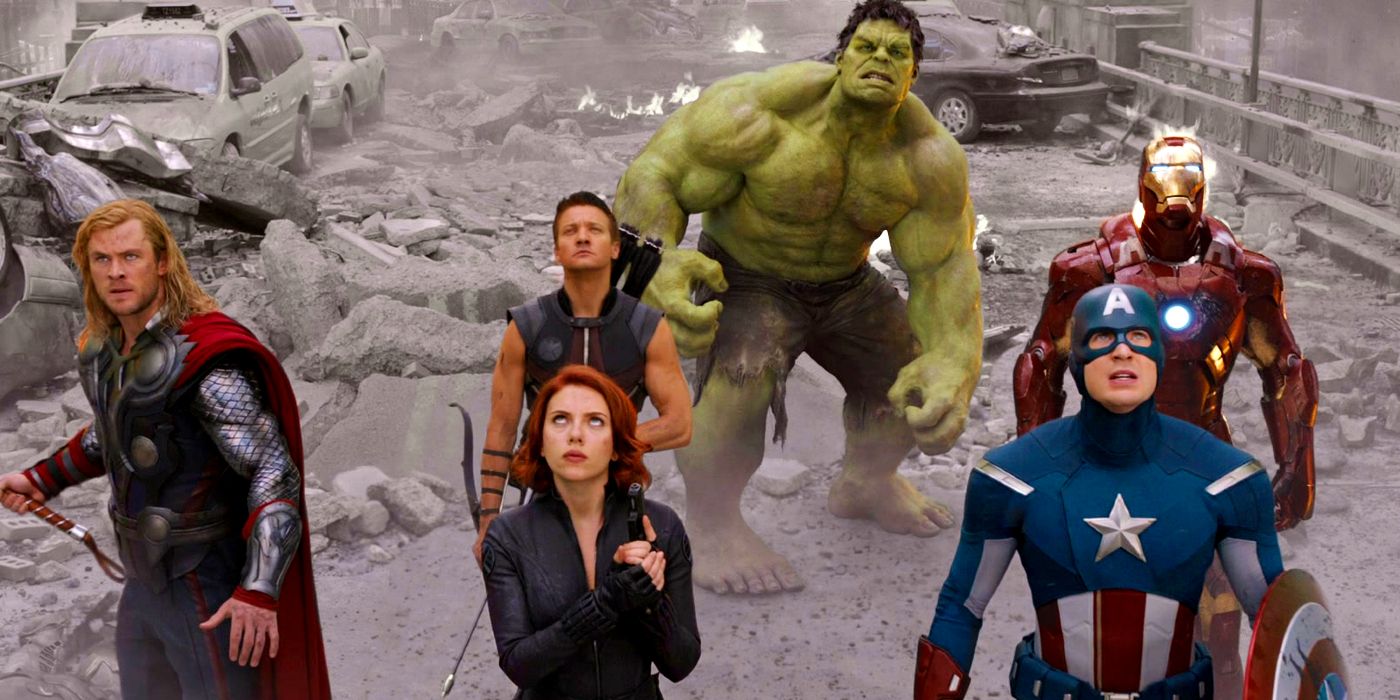
Related
The New Avengers Are Already Proving To Have A Vastly Different Dynamic To The Original Avengers Team (And It's Better)
The New Avengers may be a less impressive collection of superheroes, but the team does have one considerable advantage over the original Avengers.
Thunderbolts*' popularity with audiences and critics paves the way for similar creative risks at Marvel, and Sentry's strong reception suggests that a character like Hulk could thrive with more focused screen time, even without a solo film. Rather than a limitation, Hulk’s lack of standalone titles could be an opportunity. Building on Thunderbolts*' momentum, Marvel Studios could explore an Avengers film where Bruce Banner, unable to control the Hulk, becomes the central threat and pushes the heroes to stop him without destroying either persona.
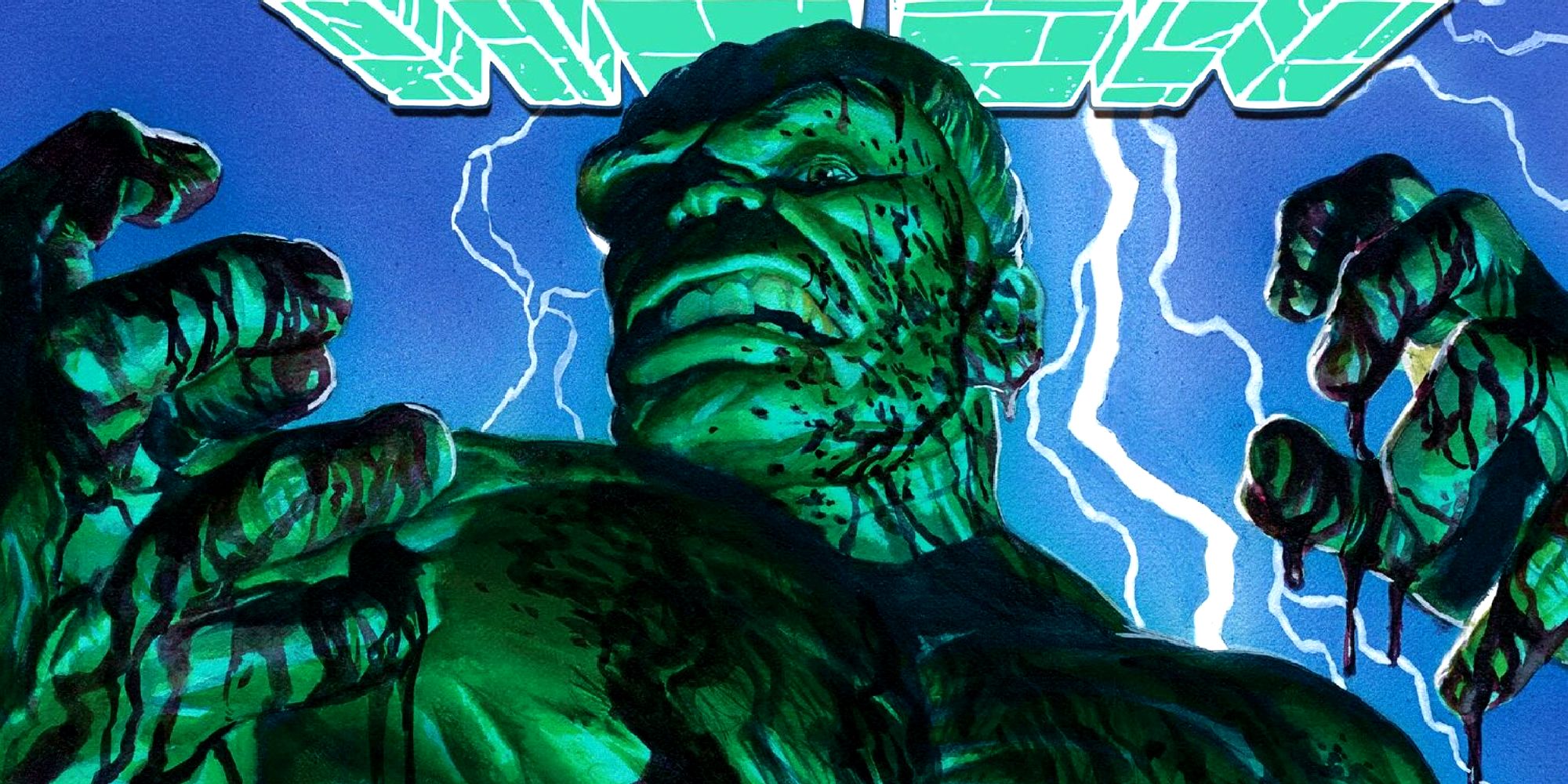
Thunderbolts* reimagines the Void as a manifestation of Robert Reynolds' mental health struggles rather than an ancient evil. Instead of attacking its victims physically, the MCU's version of the Void traps them in a recreation of their deepest trauma. The MCU could take a similar approach with Hulk in a future crossover. Instead of just pitting the Hulk against the heroes, — all introduced in Marvel Comics' Immortal Hulk.
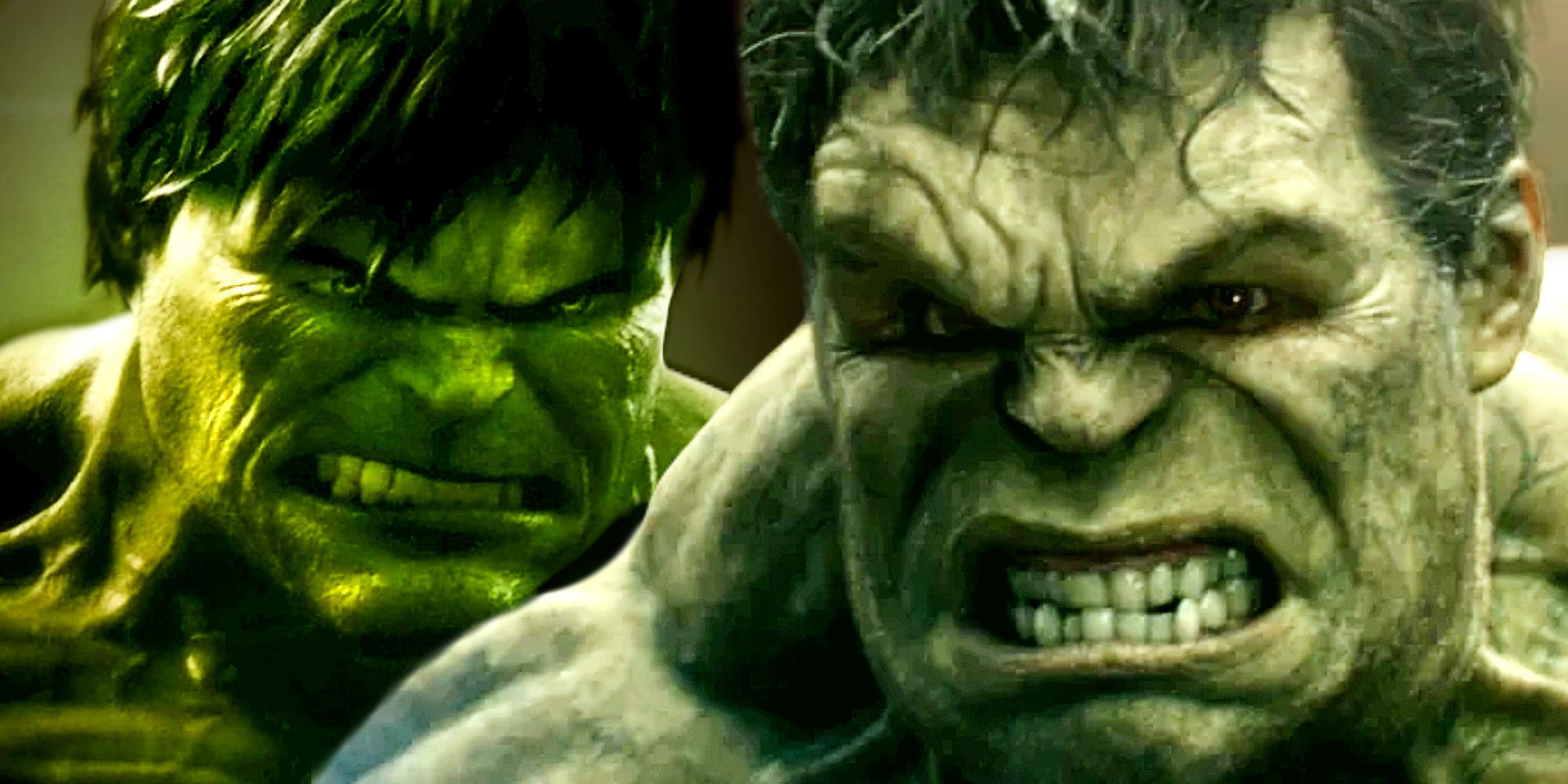
Related
I’m Convinced The MCU’s Hulk Arc Is A Horror Story Waiting To Happen
Bruce Banner apparently achieved a permanent and peaceful transformation in Smart Hulk, but he may have forgotten a key detail about his alter ego.
Although Mark Ruffalo wasn't part of Avengers: Doomsday's first cast announcement, Smart Hulk is likely to appear in both Avengers: Doomsday and Avengers: Secret Wars. After Avengers: Secret Wars, MCU veterans like Thor, Doctor Strange, and Hulk may be approaching their retirement, and their final chapters will be crucial. A crossover that draws from Immortal Hulk could give Hulk the farewell he deserves, forcing Banner and Hulk to confront their shared trauma and their Gamma-born duality. Much like Bob and the Void in , Bruce Banner and Hulk's MCU journey could end not with death or science-based resolutions, but with a hard-earned, emotional reconciliation.
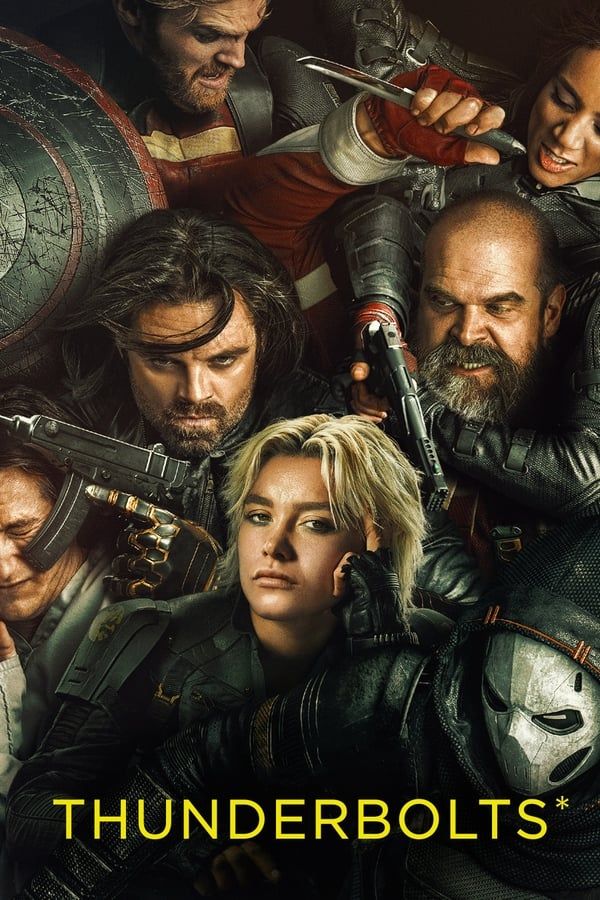
Thunderbolts*

8/10
- May 2, 2025
- 126 Minutes
- Jake Schreier
- Eric Pearson, Joanna Calo
- Marvel Cinematic Universe











